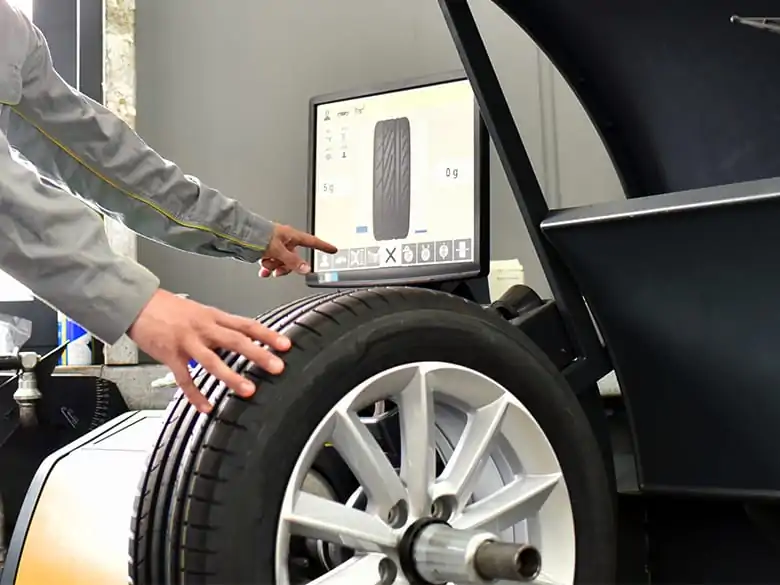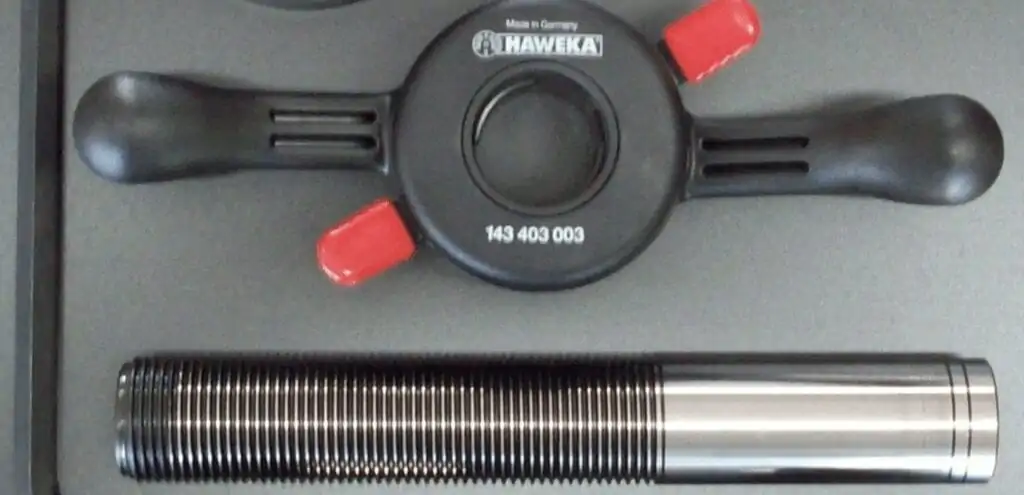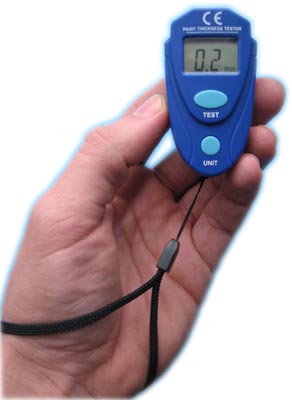
Wheel balancing: how often and how much does it cost?
Content
The term "balancing" is very well known to motorists, it is used to refer to many parts of a car, but most often when assembling and disassembling a car wheel. Anyone who at least once "changed shoes" his car for one reason or another, faced this seemingly not too complicated and absolutely routine operation, many will even say: "I can do it better than at a service station", in fact this is not entirely true. Wheel imbalance occurs when there is asymmetry due to deformation of tires and / or rims, improper installation and / or balance, and is accompanied by additional noise, vibration, improper tire wear, faster wear of the suspension and steering, and inefficient operation of systems such as ABS and ESP ... The improvement of cars, the increase in their dynamic characteristics and the constant addition of new and new electronic stabilization systems, etc., increase the requirements for well-balanced tires. Some will say, “What's so important about balance?” But, as we will see below, it is very important.
Do not be unfounded, so we will set an example and let everyone draw their own conclusions. A fairly simple calculation shows that a 14-inch tire with 20 grams of unbalance at 100 km / h weighs 3 kg. hits the wheel 800 times a minute. In addition to improper wear, the wheel also transmits shock to the suspension and steering system. On the other hand, the same imbalance leads to the fact that the wheel no longer has normal grip on the road surface, and its movement is more like bouncing and has the effect of slight slipping, under normal road conditions it is almost not felt by the driver, which in fact is very strong and insidious.
This is not the only problem, imagine what information sensors of systems such as ABS and ESP send to the control unit during hard braking or a slight skid, just one of the systems can work very incorrectly and completely ineffective. Such an effect is, for example, "loss of brakes" when the anti-lock braking system is incorrectly activated.

Wheel bounces also load the shock absorbers, which wear out much faster.
And the fact that the imbalance is felt by the driver only at a certain speed does not mean that it disappears the rest of the time, this is the whole problem, the negative consequences of imbalance in tires “work” constantly, even if they are felt only under certain conditions.
Almost everywhere in our country, the wheel is balanced on the center hole of the rim using a tapered adapter, which is universal and suitable for different wheel sizes. It's very simple, it doesn't matter how many mounting holes are on the rim and what is their location. They put the balance of the balancing device, tighten the adapter (see the last photo), it "removes" the gap and centers the wheel relative to the axis of rotation of the device, the tire rotates, some numbers appear that show the asymmetry values, the master adds a few weights and after two more turns appear zeros and everything is fine. This system was developed back in 1969 by the German engineer Horst Warkosch, who is the founder of HAWEKA, which is a recognized leader in wheel balancing equipment for all types of vehicles. When re-measuring an already balanced wheel in a very large percentage of cases (about 70%), it turns out that it is not known where the imbalance occurs, the reasons may be different, but facts are facts.
Cars these days are much more sophisticated, more complex and faster, and therefore the accuracy requirements are higher. Universal tapered adapters are no longer sufficient for more accurate balancing. The center hole of the rim now serves only as an auxiliary function, the rims are fastened with bolts or nuts with tapered profiles, which center the tire relative to the axles.
To solve the problem in well-established automotive markets and industries, there has long been a pin-type flange adapter that attaches the rim to the balancer in line with the mounting holes rather than the center hole. Of course, this is a little more complicated and the adapters themselves are more expensive, but technology is evolving and we cannot avoid it.

In short, if you value your safety, your car and your wallet, strike a balance in repair shops equipped with modern adapters and if you are satisfied with the quality of the cone adapters and think that what has been written so far is “fiction that will help you "more money ...", so to speak, the classic type of "Gumadzhia" is almost on every corner.
HOW OFTEN DO YOU NEED TO DO WHEEL BALANCING?
Without a doubt, it is necessary to balance the wheels of the car during each assembly (installing the tire on the disc), and also check the new rubber again after it has traveled about 500 km. There are many factors that affect wheel balance. This can be both improper storage and rubber wear, as well as suspension breakdown and disc deformation.
Many drivers who have several seasonal tire sets already on their rims don't want to waste time and money. They "throw" the wheels with their own hands. This is also a mistake, as improper storage of wheels is likely to affect their balance.
With all this, it should be remembered that the wheels must be balanced not only during replacement, repair, but also periodically during operation (on average, every 5 thousand km).
How much does wheel balancing cost?
On average, the cost of balancing one 15-inch wheel with a steel rim, depending on the country and region, is 5-10 $ rubles. Accordingly, to check and balance the four wheels, you will have to pay an average of $ 30.
Six prerequisites for car wheel balance:
Even the most modern and high-tech balancing devices will not save you if the following 6 technological procedures are not followed.
- The rim must be cleaned very well before balancing. All the dirt from the street that has accumulated on the inside of the rim leads to additional asymmetry and incorrect balancing.
- The tire pressure should be close to the rated pressure.
- Pre-balancing is done with a tapered adapter.
- The final balance is done using a flange adapter with adjustable pins for mounting holes.
- Before installing the rim, it is good to inspect and thoroughly clean the hub on which the rim is installed, and the slightest irregularities and dirt lead to the so-called. accumulation of imbalances.
- Mounting bolts or nuts should not be tightened "by hand", but with a pneumatic torque wrench that adjusts the condition in accordance with the recommendations of the manufacturers, and the method is to lightly jack up and lower the car from the jack with all its weight, and then tighten incorrectly and leads to imbalance and with the best balanced tire.
- If you find a service center that uses modern adapters and performs all these seemingly small procedures, you can safely trust it, even if it will cost you a little more than in the Gumajianitsa microdistrict. Your safety first and the savings from suspension repairs, steering and improperly worn tires are much higher compared to a few levs for tire balance.

Questions and answers:
How to properly balance a wheel on a balancing machine? The cone is installed from the inside, and the quick-locking nut is outside the wheel. Old weights are removed. Wheel parameters are set. The screen will indicate where to install the balancers.
What happens if you don't balance the wheels? This will destroy the chassis and suspension (due to vibration) and increase tire wear (will be uneven). At high speeds, the car will lose control.

